Cell Processes -> acceleration
Acceleration
Acceleration is the rate of change of velocity with respect to time. In simpler terms, it measures how quickly the velocity of an object is changing. An object can accelerate if it is speeding up, slowing down, or changing direction.
Formula for Acceleration
The formula to calculate acceleration is:
acceleration (a) = change in velocity (Δv) / time taken (Δt)
Units of Acceleration
The standard unit of acceleration in the International System of Units (SI) is meters per second squared (m/s2).
Types of Acceleration
There are several types of acceleration, including:
- Positive acceleration: When an object is speeding up, its acceleration is positive.
- Negative acceleration (deceleration): When an object is slowing down, its acceleration is negative. It is also known as deceleration.
- Uniform acceleration: When an object's velocity changes by the same amount in each equal time period, it is said to be undergoing uniform acceleration.
- Non-uniform acceleration: When an object's velocity changes by different amounts in each equal time period, it is experiencing non-uniform acceleration.
Factors Affecting Acceleration
Several factors can affect the acceleration of an object, including:
- Force applied: The greater the force applied to an object, the greater its acceleration.
- Mass of the object: The acceleration of an object is inversely proportional to its mass. A lighter object will accelerate more than a heavier object when the same force is applied.
- Friction: Frictional forces can oppose the motion of an object, affecting its acceleration.
Graphical Representation of Acceleration
Acceleration can be represented graphically using a velocity-time graph. The slope of the graph represents the acceleration of the object. A steeper slope indicates a higher acceleration, while a shallower slope indicates a lower acceleration.
Examples of Acceleration
Some common examples of acceleration include:
- A car accelerating from a stoplight.
- A ball being thrown upwards, experiencing deceleration due to the force of gravity.
- A spacecraft launching into space, experiencing uniform acceleration as it leaves the Earth's atmosphere.
Study Guide
To understand acceleration better, it's important to:
- Understand the concept of velocity and its relationship to acceleration.
- Practice using the acceleration formula to solve problems.
- Explore real-life examples of acceleration and identify the factors influencing it.
- Interpret and analyze velocity-time graphs to understand acceleration visually.
- Compare and contrast different types of acceleration and their characteristics.
Remember, acceleration is a fundamental concept in physics and has wide-ranging applications in everyday life, from driving a car to launching a rocket into space. Mastering the concept of acceleration is essential for a deeper understanding of motion and forces.
.◂Science Worksheets and Study Guides Seventh Grade. Cell Processes

 Activity Lesson
Activity Lesson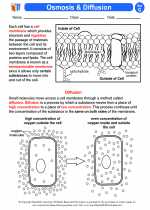
 Worksheet/Answer key
Worksheet/Answer key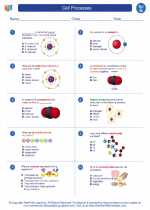
 Worksheet/Answer key
Worksheet/Answer key
 Worksheet/Answer key
Worksheet/Answer key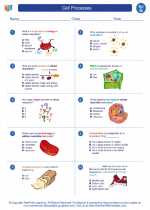
 Worksheet/Answer key
Worksheet/Answer key
 Vocabulary/Answer key
Vocabulary/Answer key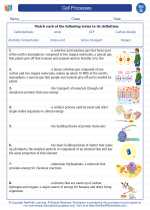
 Vocabulary/Answer key
Vocabulary/Answer key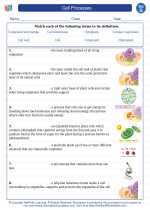
 Vocabulary/Answer key
Vocabulary/Answer key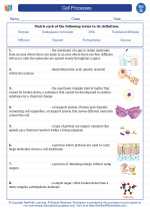
 Vocabulary/Answer key
Vocabulary/Answer key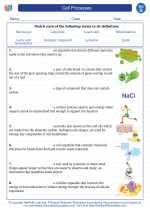
 Vocabulary/Answer key
Vocabulary/Answer key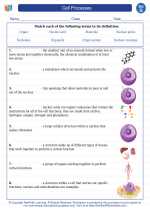
 Vocabulary/Answer key
Vocabulary/Answer key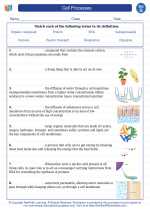
 Vocabulary/Answer key
Vocabulary/Answer key
